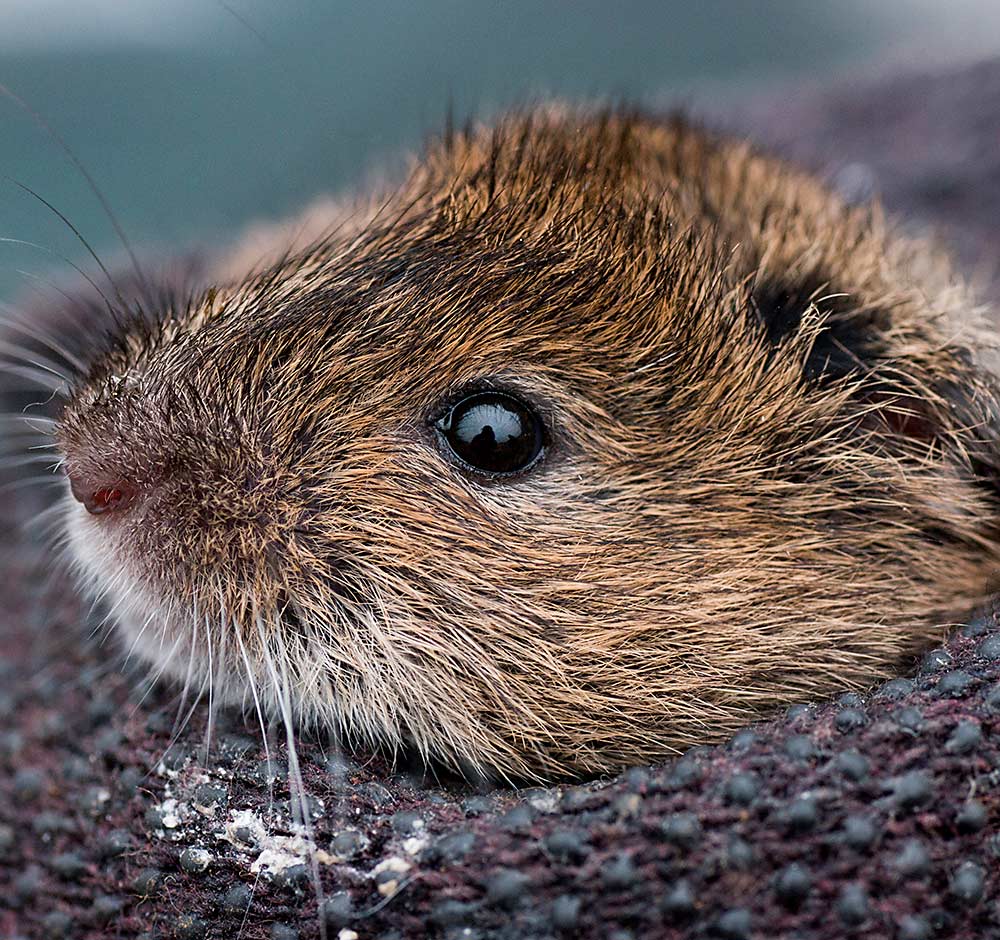Professional Methods for Vole Control and Prevention
Professional Methods for Vole Control and Prevention
Blog Article
Comprehensive Guide to Effective Vole Bug Control: Invasion Recognition and Therapy Techniques
In the realm of effective bug control, vole problems posture a distinct difficulty that requires a strategic approach. By checking out the nuances of vole behavior, comprehending crucial indications of infestation, and evaluating a variety of control options, one can establish a detailed approach to deal with these evasive parasites.
Comprehending Vole Behavior
Vole behavior is identified by their tunneling behaviors and rapid recreation rates, making them a tough parasite to manage effectively. Their rapid reproductive rate additional complicates control initiatives, with women qualified of creating numerous litters in a single year, each containing a number of offspring.
Voles are most active throughout the early morning and evening hours, spending most of their time foraging for food. Their delving practices not only disrupt yards and grass yet likewise make them challenging to get rid of and spot. Comprehending vole habits is critical for reliable parasite control techniques. By determining their burrow locations, keeping an eye on feeding locations, and executing targeted control techniques, such as capturing or environment modification, vole invasions can be handled efficiently.
Indicators of Vole Invasion

Avoidance Techniques
Carrying out efficient prevention methods is crucial in reducing vole problems and protecting vegetation from their damaging feeding routines (vole lawn damage). To stop vole invasions, it is vital to begin by getting rid of prospective food sources and sanctuary. Keep grass and plants cut short, get rid of weeds and debris, and maintain a clean yard or grass to make the location less attractive to voles. Setting up obstacles such as equipment fabric or below ground secure fencing can likewise help deter voles from getting in particular locations. Additionally, reducing excess moisture by fixing leaking pipelines and making certain correct drain can make the environment much less welcoming for voles.
Routinely evaluating the home for indicators of vole task, such as runways and tunnel openings, is essential for very early detection and prompt action. If vole activity is suspected, take into consideration utilizing traps or repellents tactically placed near their pathways. Utilizing all-natural killers like snakes or owls can also aid maintain vole populations in check. By implementing a mix of these prevention house owners, garden enthusiasts and techniques can effectively shield their greenery from vole damage.
Non-Lethal Control Techniques
To successfully handle vole populations while focusing on gentle approaches, non-lethal control strategies offer useful remedies for reducing vole damages in landscapes and gardens. These obstacles can be hidden at the very least 12 inches curved and deep at a 90-degree angle to protect against voles from delving below.

Lethal Control Options
One effective method for resolving vole problems in gardens and landscapes includes the calculated usage of lethal control choices. When encountered with an extreme description vole invasion that non-lethal approaches have stopped working to consist of, implementing deadly control steps becomes critical. On the whole, when employing lethal control alternatives, it is vital to do so properly and in accordance with local laws to efficiently manage vole invasions.
Verdict
To conclude, effective vole insect control needs a detailed understanding of vole actions, recognition of signs of invasion, application of avoidance strategies, and use of both deadly and non-lethal control techniques. By incorporating these techniques, people can successfully take care of vole populaces and shield their home from damages. It is essential to address site web vole problems without delay to protect against more problems and reduce the effect on the surrounding setting.
Offered the intricate passage systems and fast recreation rates characteristic of voles, recognizing the signs of vole invasion becomes crucial in reliable insect control. One of the main indications of vole visibility is the presence of surface runways or routes in yard or snow, commonly regarding 1-2 inches large, produced as voles take a trip between their burrows and food resources.To successfully handle vole populaces while focusing on humane techniques, non-lethal control methods use practical solutions for minimizing vole damage in landscapes and gardens.One reliable approach for attending to discover this info here vole infestations in landscapes and gardens includes the calculated use of dangerous control choices. vole yard damage.In conclusion, effective vole insect control calls for an extensive understanding of vole behavior, identification of signs of invasion, implementation of avoidance approaches, and use of both dangerous and non-lethal control methods
Report this page